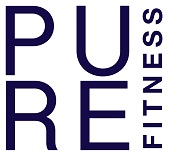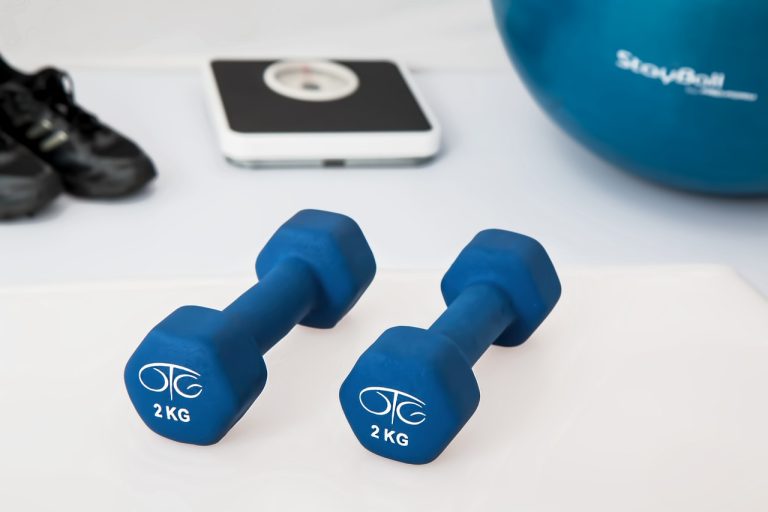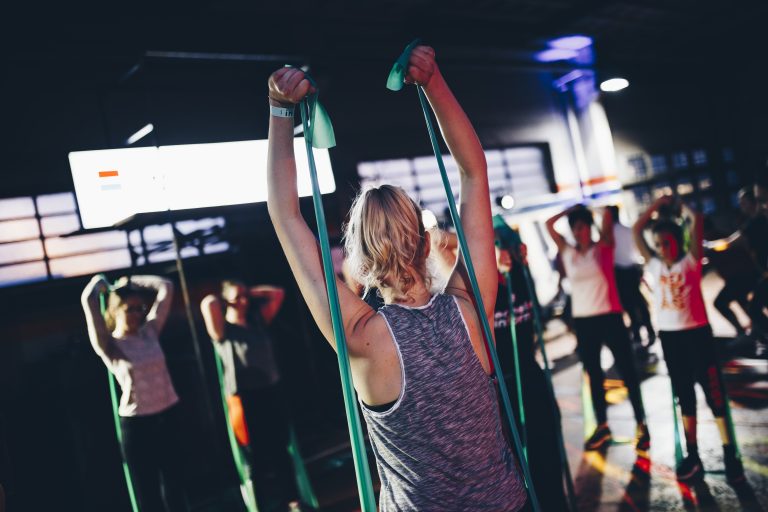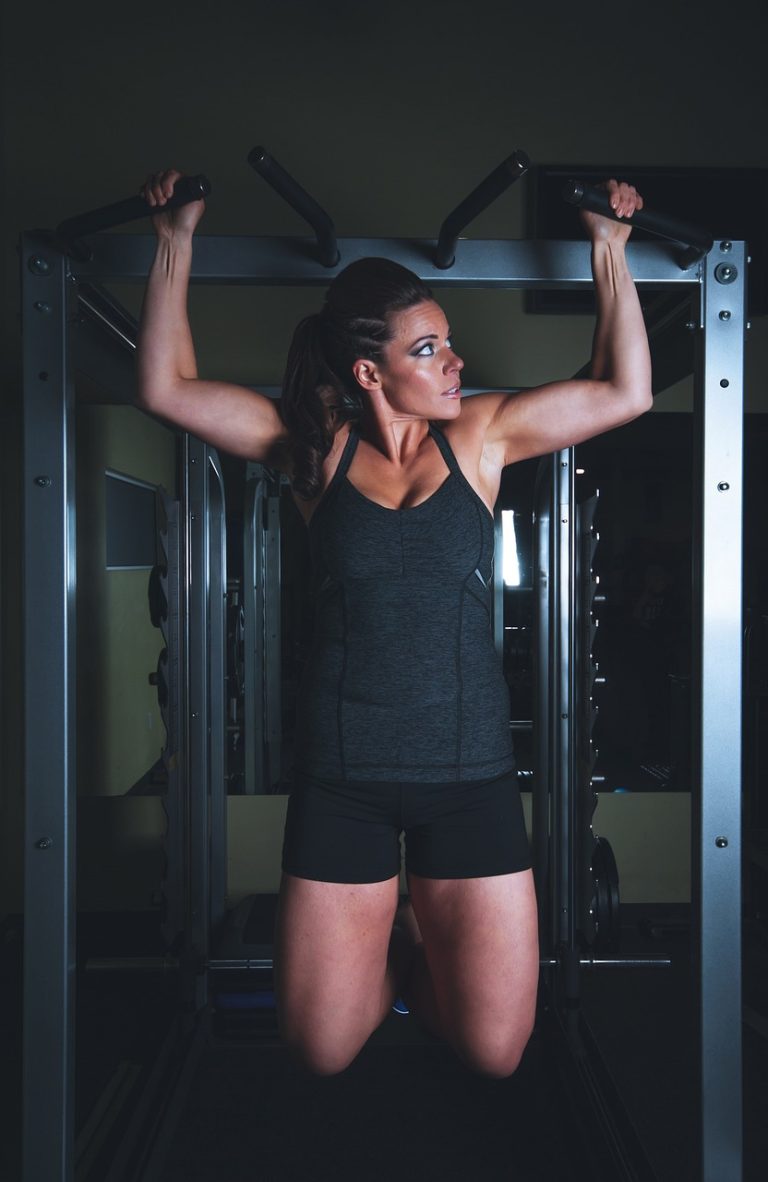Trampolines have become a popular backyard accessory in recent years, but are they just a source of fun or can they actually contribute to your fitness routine? Many fitness enthusiasts have begun incorporating trampoline workouts into their exercise regimen, as these bouncy surfaces offer a low-impact yet challenging way to get your heart rate up and burn calories. So, if you’re looking for a fun and effective way to stay fit, it might be time to consider bouncing your way to a healthier you! Have you ever wondered if trampolines are good for fitness? The answer is a resounding yes! Trampolines are not just for fun and entertainment; they also offer numerous fitness benefits. In this article, we will explore the various benefits of trampolines for fitness, the different types of trampolines available, safety considerations, effective trampoline exercises, trampoline fitness classes, precautions and contradictions, alternatives to trampolines, safety tips for trampolining, and maintenance and care. So let’s jump right in!
Table of Contents
ToggleBenefits of Trampolines for Fitness
Increases cardiovascular fitness
Trampolining is an excellent form of exercise that gets your heart pumping. Jumping on a trampoline increases your heart rate, which in turn improves your cardiovascular fitness. The repetitive bouncing motion provides a great aerobic workout, helping to strengthen your heart and lungs. Engaging in regular trampoline sessions can significantly improve your overall cardiovascular health.
Improves coordination and balance
Trampolining requires coordination and balance as you have to control your body’s movements while bouncing. By practicing trampoline exercises, you can enhance your coordination skills and improve your overall balance. This is especially beneficial for older adults who may have issues with balance and want to prevent falls. Trampolining can help them regain their sense of balance and stability.
Strengthens muscles and bones
Jumping on a trampoline engages various muscle groups, including your legs, core, and arms. The continuous bouncing action helps to strengthen and tone these muscles, resulting in improved muscle strength and endurance. Additionally, trampolining also helps to strengthen your bones. The impact of bouncing stimulates bone growth, making your bones stronger and less prone to fractures and osteoporosis.
Enhances lymphatic system
The lymphatic system plays a crucial role in immune function and detoxification. However, unlike the cardiovascular system, the lymphatic system does not have a pump to circulate lymph fluid throughout the body. Trampolining can help stimulate the lymphatic system, promoting the circulation of lymph fluid and enhancing the body’s ability to eliminate toxins and waste products. This can have a positive impact on your overall immune function and overall health.
Burns calories and aids weight loss
If you’re looking to shed some extra pounds, trampolining can be a fun and effective way to do so. Jumping on a trampoline burns a significant amount of calories, making it an excellent exercise for weight loss. The continuous, low-impact bouncing motion helps to activate your muscles and increase your metabolic rate, resulting in an increased calorie burn. Incorporating trampolining into your fitness routine can be an enjoyable way to reach your weight loss goals.
Types of Trampolines
Traditional trampolines
Traditional trampolines are the classic option that most people are familiar with. They are large, round or rectangular in shape, and usually have a sturdy steel frame and a jumping surface made of synthetic material. Traditional trampolines are commonly found in backyards and are suitable for both recreational jumping and fitness purposes.
Mini trampolines
Mini trampolines, also known as rebounders or trampettes, are compact and portable trampolines. They typically have a smaller jumping surface and are much closer to the ground than traditional trampolines. Mini trampolines are perfect for those who have limited space or prefer to work out indoors. They provide a more controlled and lower-impact bounce, making them suitable for people of all ages and fitness levels.
Rebounder trampolines
Rebounder trampolines are similar to mini trampolines but are specifically designed for fitness purposes. They often come with additional features such as resistance bands or handrails for added support and versatility. Rebounder trampolines are widely used in trampoline fitness classes and can provide a more intense workout compared to traditional trampolines or mini trampolines.
In-ground trampolines
In-ground trampolines are installed flush with the ground, creating a sleek and seamless look in your outdoor space. These trampolines eliminate the need for ladders or safety enclosures, making them a safer option for families with young children. In-ground trampolines offer the same fitness benefits as traditional trampolines but with the added advantage of easier accessibility and a more aesthetically pleasing appearance.
Safety Considerations
Selecting a safe trampoline
When choosing a trampoline, safety should be a top priority. Look for trampolines that have safety features such as padding or spring covers to prevent injuries from contact with the springs or frame. Additionally, opt for trampolines with a safety enclosure net to prevent users from falling off the trampoline surface. It is also essential to check for trampolines that meet recognized safety standards and have a weight limit suitable for the intended users.
Ensuring proper setup and maintenance
Proper setup and regular maintenance are crucial for ensuring the safety of your trampoline. Follow the manufacturer’s instructions carefully when assembling your trampoline and ensure that it is placed on a level and stable surface. Regularly inspect the trampoline for any signs of wear and tear, such as loose springs or damaged padding, and promptly address any issues to prevent accidents or injuries.
Using safety accessories
To further enhance the safety of your trampoline, consider using additional safety accessories such as anchor kits, which help secure the trampoline to the ground, or ladder covers to prevent unauthorized access to the trampoline. Safety mats can provide extra cushioning and protection around the trampoline, reducing the risk of injuries from accidental falls. Using these safety accessories can provide peace of mind and reduce the chance of accidents while using the trampoline.
Effective Trampoline Exercises
Jumping jacks
Jumping jacks on a trampoline are a fun and effective way to get your heart rate up and work multiple muscle groups. Start by standing in the center of the trampoline, then jump outwards and spread your arms and legs wide, just like a regular jumping jack. As you land, bring your arms and legs back together. Repeat this motion, focusing on engaging your core and keeping a steady rhythm.
High knees
High knees are a fantastic cardiovascular exercise that also helps to strengthen your leg muscles. Stand in the center of the trampoline and start jogging in place, lifting your knees as high as possible with each step. Maintain a brisk pace, swinging your arms in sync with your legs to increase the intensity of the exercise. High knees on a trampoline are a great way to improve your endurance and burn calories.
Tuck jumps
Tuck jumps are a challenging trampoline exercise that targets your core and lower body muscles. Start by bouncing lightly on the trampoline, then as you jump, bring your knees to your chest and tuck your chin towards your chest. Extend your legs while in mid-air, then land softly, ready for the next tuck jump. Focus on engaging your core throughout the exercise to maximize its effectiveness.
Burpees
Burpees are a full-body exercise that combines cardio and strength training. Begin by standing in the center of the trampoline, then squat down and place your hands on the trampoline surface. Jump your feet back into a plank position, perform a push-up, and then jump your feet back towards your hands. From there, explosively jump up, reaching your arms overhead. Repeat this sequence, maintaining a steady pace.
Trampoline push-ups
Trampoline push-ups are a variation of regular push-ups that incorporate the bouncing motion of the trampoline. Place your hands on the trampoline surface slightly wider than shoulder-width apart, with your toes on the ground. Lower your chest towards the trampoline, then explosively push up, lifting your hands off the trampoline as you do so. Allow the trampoline to bounce you back up, then repeat the push-up motion.
Trampoline Fitness Classes
Aerobic trampoline classes
Aerobic trampoline classes are high-energy, fast-paced workouts that combine various trampoline exercises with upbeat music. These classes focus on improving cardiovascular fitness, burning calories, and working multiple muscle groups simultaneously. With the guidance of an instructor, participants can enjoy a fun and challenging workout that will leave them feeling energized and accomplished.
Trampoline HIIT classes
HIIT (High-Intensity Interval Training) classes on trampolines are perfect for those looking to maximize their workout in a short amount of time. These classes incorporate intervals of intense, explosive exercises followed by short periods of rest. Trampoline HIIT classes are known to boost metabolism, burn calories, and improve cardiovascular stamina. The combination of high-intensity exercises and the bouncing motion of the trampoline creates an intense workout that can yield impressive results.
Trampoline dance classes
If you enjoy dancing and want to add a touch of fun to your workout, trampoline dance classes might be the perfect fit for you. These classes combine dance moves with trampoline exercises, providing a creative and energetic way to stay active. The rhythmic bouncing on the trampoline adds an element of excitement, allowing participants to express themselves through movement while reaping the many fitness benefits of trampolining.
Trampoline yoga
Trampoline yoga, also known as “boga” or “trampolounge,” combines the stability and focus of yoga with the buoyancy and energizing effects of trampolining. This unique form of exercise offers an excellent low-impact workout that improves flexibility, strengthens muscles, and promotes relaxation. Trampoline yoga classes typically incorporate traditional yoga poses, balance exercises, and stretching routines, all performed on the trampoline surface.
Precautions and Contradictions
Consultation with a healthcare professional
As with any new exercise regimen, it is essential to consult with a healthcare professional before starting trampoline workouts, especially if you have any pre-existing health conditions or injuries. Certain medical conditions, such as heart problems, joint issues, or pregnancy, may require modifications or limitations when it comes to trampoline exercises. Seeking guidance from a healthcare professional will ensure that you can enjoy trampolining safely and effectively.
Avoiding trampolining with certain conditions
Trampolining may not be suitable for everyone. Individuals with conditions such as epilepsy, hernia, recent surgeries, or uncontrolled high blood pressure should avoid trampoline exercises or seek guidance from a healthcare professional before participating. Additionally, children under the age of six should not use trampolines due to safety concerns and their developing musculoskeletal systems.
Preventing injuries
To prevent injuries while trampolining, it is important to follow proper safety protocols and exercise caution. Always warm up before each session to prepare your muscles and joints for the exercise. Start with low-intensity bounces and gradually increase the intensity as your body allows. Avoid attempting advanced trampoline tricks or movements without proper training or supervision. Lastly, listen to your body and avoid pushing yourself beyond your limits to reduce the risk of injury.
Alternatives to Trampolines for Fitness
Jump ropes
Jump ropes are a simple, affordable, and effective alternative to trampolines for fitness. Jumping rope is a high-impact exercise that improves cardiovascular fitness, coordination, and agility. It can be done anywhere, making it a convenient option for those who prefer to work out at home or on the go. Jump ropes come in various lengths and styles, allowing you to choose the one that best suits your fitness level and goals.
Bouncing shoes
Bouncing shoes, also known as rebound shoes or kangoo jumps, are specialized footwear with built-in springs or shock-absorbing mechanisms. These shoes allow you to experience the bouncing motion similar to trampolining while providing impact protection and reducing the strain on your joints. Bouncing shoes can be used for various types of exercises, including walking, running, and dancing, and offer a low-impact alternative to trampolines.
Trampoline parks and gyms
If you enjoy the trampoline experience but don’t want to invest in a trampoline of your own, consider visiting a trampoline park or gym. These facilities provide a safe and controlled environment for trampolining, allowing you to enjoy the various fitness benefits without the hassle of maintenance or setup. Trampoline parks often offer structured classes or open jump sessions, providing a fun and social way to stay active.
Air-track floors
Air-track floors, also known as inflatable air tracks, are large and portable mats that mimic the bouncing sensation of trampolines. They are commonly used in gymnastics and acrobatics training but can also be used for fitness purposes. Air-track floors offer a cushioned surface, reducing the impact on joints and providing a safer option for those looking for trampoline-like exercises. These mats come in various sizes, allowing for versatile workouts in different spaces.
Safety Tips for Trampolining
Supervising children
If children are using a trampoline, it is important to have adult supervision at all times. Accidents can happen quickly, and having a responsible adult nearby can help prevent injuries. Supervising children also involves setting appropriate rules and boundaries and ensuring that they are followed to maintain a safe trampolining environment.
Limiting one jumper at a time
To minimize the risk of collisions and injuries, it is best to limit trampoline usage to one person at a time. Multiple jumpers can cause instability and increase the chances of accidents. By enforcing a one-jumper rule, you can ensure the safety of everyone using the trampoline.
Avoiding gymnastic stunts
While trampolines can be a lot of fun, it is important to avoid attempting advanced gymnastic stunts without proper training or supervision. Flips, somersaults, or tricks that involve a high level of skill can increase the risk of injuries, especially if performed incorrectly. Stick to exercises and movements that are within your comfort zone and skill level to reduce the chance of accidents.
Maintenance and Care
Regular cleaning
Just like any other piece of equipment, trampolines require regular cleaning to maintain hygiene and extend their lifespan. Remove leaves, debris, and dirt from the trampoline surface regularly. Using a soft brush or cloth, clean the jumping mat and safety padding with a mild soap and water solution. Avoid using harsh chemicals or abrasive cleaners that can damage the trampoline materials.
Checking for wear and tear
It is crucial to inspect your trampoline regularly for any signs of wear and tear. Check the springs, frame, jumping mat, safety padding, and safety enclosure for any damage, such as rust, tears, or loose parts. Addressing these issues promptly can prevent accidents or further damage to the trampoline, ensuring its longevity and safety.
Replacing worn-out parts
Over time, certain parts of the trampoline may wear out and need replacement. Springs can become stretched or lose their elasticity, safety padding can become worn or torn, and the jumping mat may show signs of excessive wear. It is important to replace these worn-out parts with suitable replacements to maintain the safety and performance of the trampoline.
Conclusion
Trampolines are not only a source of entertainment but also a fantastic tool for improving fitness. From increasing cardiovascular fitness and coordination to strengthening muscles and bones, trampolines offer a wide range of benefits. By engaging in trampoline exercises or participating in trampoline fitness classes, you can enjoy a fun and effective workout that burns calories and aids weight loss.
However, it is crucial to prioritize safety when using trampolines. Selecting a safe trampoline, ensuring proper setup and maintenance, and using safety accessories are essential steps in preventing injuries. Following effective trampoline exercises, such as jumping jacks and tuck jumps, can help you get the most out of your trampoline workouts. If trampolining isn’t suitable for you, alternatives like jump ropes and bouncing shoes provide similar fitness benefits.
Remember to consult with a healthcare professional if you have any medical conditions or concerns. Following cautionary measures and safety tips, such as supervising children and avoiding gymnastic stunts, is key to minimizing the risk of injuries.
Lastly, don’t forget to properly maintain and care for your trampoline. Regular cleaning, checking for wear and tear, and replacing worn-out parts will ensure the longevity and safety of your trampoline.
So, if you’re looking for a fun and effective way to improve your fitness, give trampolines a try. Jump your way to a healthier and happier you!







